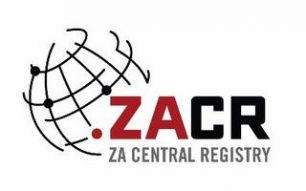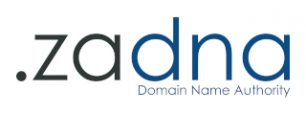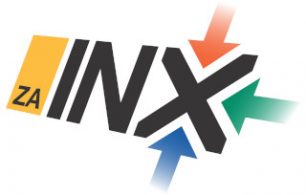Press release: ISPA Extends Support for Durban Peering
Published on: 2013-03-11The Internet Service Providers’ Association of South Africa (ISPA) has announced it will extend its existing waiver of port fees for the Durban Internet Exchange Point (DINX) until the end of June 2013. This move is intended further to strengthen the use of the DINX by Internet Service Providers (ISPs) for peering, thus driving down network costs within the greater Durban area.
Internet exchange points are physical locations, or ports, that allow separate networks to connect with each other. ISPA commissioned the DINX in September 2012, complementing its existing points in Johannesburg (JINX) and Cape Town (CINX). These Internet exchange points allow networks to route local traffic locally, without having to use expensive transnational backhaul facilities. In this way, Internet exchange points promote “peering”, the direct interconnection of two networks without transit costs being incurred.
ISPA is seeking to build support for local peering in Durban, by extending the current port fee waiver at the physical site of the interconnection.
Nishal Goburdhan, ISPA’s Internet Exchange Point Manager explains: “Thanks to donations from our partners Teraco, Juniper and XON, we’re able to keep the initial costs of peering at minimum. This is excellent news for new peers who are evaluating connecting, and who are unsure about the short-term gains. We already have participants taking advantage of this offer, and more are in the process of installing equipment to make the necessary interconnections. We’re confident that once operators start seeing the enormous benefits of peering, they won’t want to switch back.”
Mr Goburdhan says that by enabling network operators in the Durban area to interconnect there, rather than routing traffic up to Johannesburg for interconnection and then back again, the DINX will save costs and will improve network performance. The availability of new services like DSL IPC in KwaZulu-Natal and the release of high-speed VDSL services, will only increase the cost and performance benefits from local peering.
“It’s all about keeping traffic local. Initially, it was about doing that within the country and now we’re simply extending that paradigm to the major metropolitan areas. We see the DINX as an important growth lever, particularly for ISPs in the KwaZulu-Natal region immediately and later for regional connections facilitated through submarine landing stations like the nearby Mtunzini station,” adds Graham Beneke, Chair of ISPA’s INX Working Group.
Grant Pasley, CEO of Durban-based ISP Xstranet Internet Services, has found peering via the DINX to be hugely beneficial. “Xtranet connected to the DINX in December 2012, and it’s been a network changing event for us. We’re new to the peering game, but the technical team’s assistance was amazing from the start, and our new peering link has enabled us to make real cost savings,” he says. “We would like to see use of the DINX grow tremendously this year as it is a very cost-effective method of speeding up data exchange between local ISPs without impacting on more expensive transit bandwidth. I highly encourage other local ISPs to interconnect at the DINX and we look forward to welcoming many more additional new peers this year.”
Further Information
For further information, please contact the ISPA secretariat on the Contact ISPA page.






